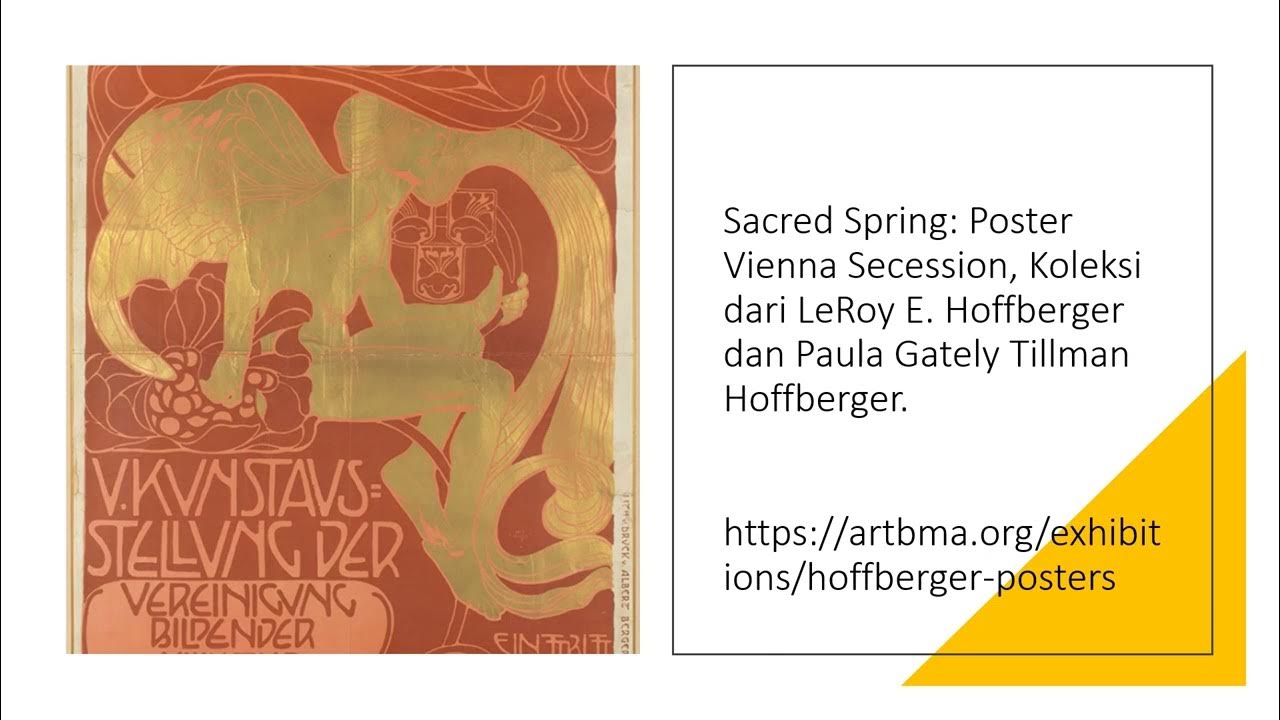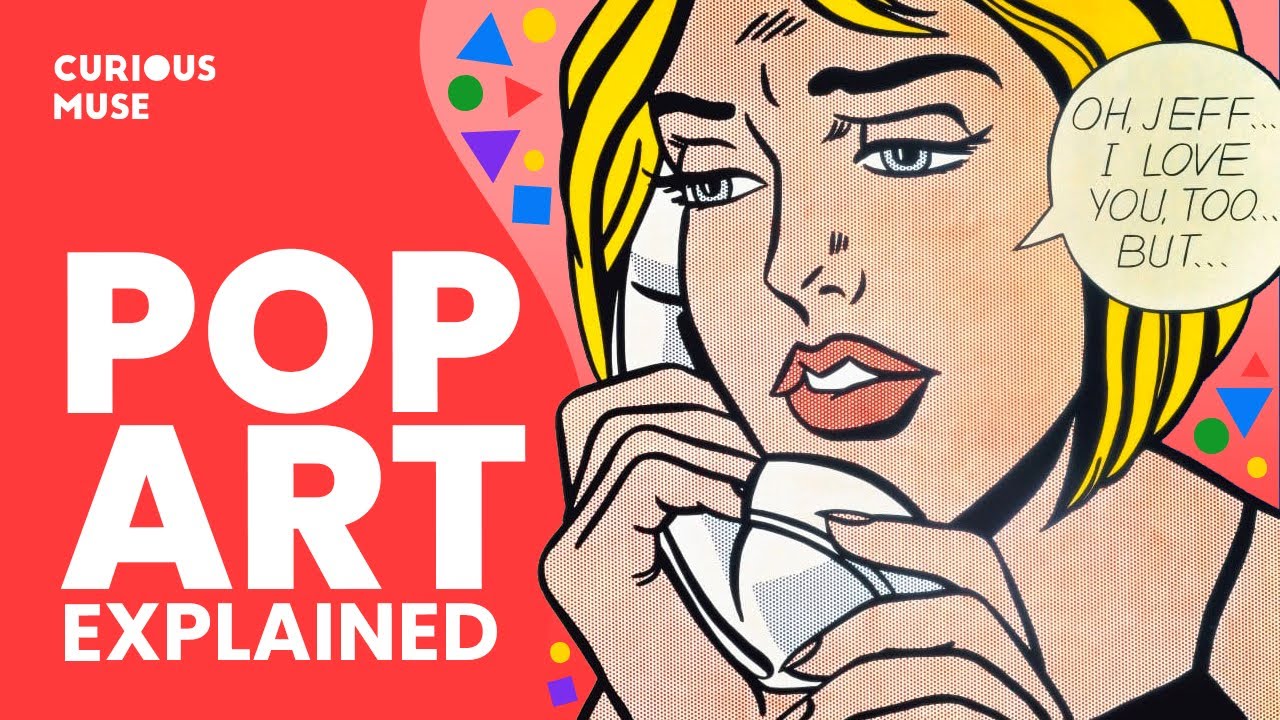Introduction to Modernism
Summary
TLDRThe video explores the intellectual movement of Modernism, distinguishing it from the everyday notion of 'modern.' Beginning in the early 20th century, Modernism rejected traditional values and embraced experimentation, innovation, and fragmentation, particularly in art and literature. Influential figures like Picasso, Joyce, and Duchamp pushed boundaries, challenging conventional forms. While Modernism initially reflected optimism about technological progress, it was soon overshadowed by disillusionment after World War I. The era culminated in Post-Modernism, characterized by irony, playfulness, and a blurring of high and low culture, marking a shift in cultural sensibilities.
Takeaways
- 😀 Modernism refers to a historical and intellectual period, not just a synonym for 'new' or 'contemporary'.
- 😀 The Modernist period spans roughly from 1910 to 1939, with the start of World War II marking its end.
- 😀 Modernism is not only a historical period but also a state of mind characterized by the radical rejection of tradition.
- 😀 Modernism embraces the new, the innovative, and the experimental, valuing originality as a central theme.
- 😀 Modernism initially had an optimistic outlook, believing in progress through technology, but World War I led to a loss of faith in human progress.
- 😀 As Western culture and ideologies fragmented, Modernists made fragmentation itself an aesthetic value, visible in movements like Cubism.
- 😀 Freud’s focus on the unconscious and Nietzsche’s declaration of 'God is dead' contributed to the abandonment of traditional moral, religious, and philosophical values.
- 😀 Technological advancements, such as the rise of airplanes and automobiles, greatly influenced Modernist art, which celebrated speed and locomotion.
- 😀 Modernist art, such as Picasso's 'Les Demoiselles d'Avignon', broke with traditional artistic forms, experimenting with abstraction and cubism.
- 😀 Works like Duchamp's 'Fountain' challenged traditional notions of art, reflecting the Modernist desire to break away from conventional boundaries.
- 😀 The gap between artists and their audience grew, as exemplified by difficult works like James Joyce’s 'Ulysses' and T.S. Eliot's 'The Waste Land'.
Q & A
What is the difference between the terms 'Modernism' and 'modern' as discussed in the script?
-In everyday language, 'modern' simply refers to something contemporary or new. However, 'Modernism' refers to a specific historical and intellectual movement that emerged around the late 19th century and continued until the mid-20th century. Modernism was defined by a rejection of tradition and a focus on experimentation, unlike the common understanding of 'modern' as just 'new'.
What is the general time frame for the Modernist period?
-The Modernist period is most narrowly defined from 1910 to 1939, starting after the Edwardian period and ending with the onset of World War II. A broader definition extends back to the 1870s, when early critiques of Western tradition began to emerge, reaching a peak with the cultural changes leading up to 1945.
How do Modernists view tradition, and what does this mean for their artistic expressions?
-Modernists rejected tradition in favor of innovation and experimentation. This radical break from past philosophies, moralities, and artistic forms led to the development of new, unconventional artistic methods, such as cubism, abstract art, and the rejection of realistic depictions in favor of fragmented and experimental forms.
What role did World War I play in the shift in Modernist thought?
-World War I significantly dampened the early optimism of Modernism. The horrors of the war led to a loss of faith in the Enlightenment ideals of human progress and a better future. This shift resulted in a more fragmented, disillusioned perspective in art and culture, reflecting a growing sense of uncertainty.
What is meant by the term 'cult of fragmentation' in Modernist art?
-The 'cult of fragmentation' refers to the Modernist embrace of disjointed, broken forms as a reflection of the chaos and fragmentation they perceived in society. In art, this was evident in movements like Cubism, where traditional depictions of the human form were broken into abstract, fragmented shapes.
How did technological advancements influence Modernist thought and art?
-Technological advancements, such as the rise of the automobile, the airplane, and skyscrapers, were seen as symbols of human achievement and progress. Modernists were fascinated by speed, movement, and technological progress, which influenced their art, architecture, and overall worldview.
How did Picasso's work reflect Modernist values?
-Picasso's work, particularly in pieces like *Les Demoiselles d'Avignon*, broke with traditional artistic norms by rejecting realistic depictions of the human figure. Instead, Picasso embraced abstraction and fragmented forms, reflecting the Modernist rejection of realism and tradition in favor of innovation and experimentation.
What was the significance of Marcel Duchamp's *Fountain* in the context of Modernism?
-Duchamp's *Fountain* was a radical departure from conventional notions of art. By presenting an everyday object, an inverted urinal, as art, Duchamp questioned the very definition of what constitutes art. This act of defiance embodied Modernism's embrace of experimentation and rejection of traditional boundaries between high and low culture.
How does Modernist literature, like James Joyce's *Ulysses*, challenge traditional literary conventions?
-Modernist literature, such as Joyce's *Ulysses*, rejected traditional narrative structures and linear plots. Joyce employed experimental writing styles in each chapter, making the work difficult to understand without additional resources, thus reflecting Modernism's focus on innovation and challenging conventional norms.
How did the transition from Modernism to Postmodernism alter cultural attitudes?
-The transition to Postmodernism brought about a shift from the serious, fragmented, and often pessimistic outlook of Modernism to a more playful and uncertain perspective. Postmodernism embraced ambiguity, irony, and a blending of high and low culture, reflecting a shift in cultural sensibilities towards humor and a greater tolerance for contradiction.
Outlines

Esta sección está disponible solo para usuarios con suscripción. Por favor, mejora tu plan para acceder a esta parte.
Mejorar ahoraMindmap

Esta sección está disponible solo para usuarios con suscripción. Por favor, mejora tu plan para acceder a esta parte.
Mejorar ahoraKeywords

Esta sección está disponible solo para usuarios con suscripción. Por favor, mejora tu plan para acceder a esta parte.
Mejorar ahoraHighlights

Esta sección está disponible solo para usuarios con suscripción. Por favor, mejora tu plan para acceder a esta parte.
Mejorar ahoraTranscripts

Esta sección está disponible solo para usuarios con suscripción. Por favor, mejora tu plan para acceder a esta parte.
Mejorar ahora5.0 / 5 (0 votes)






